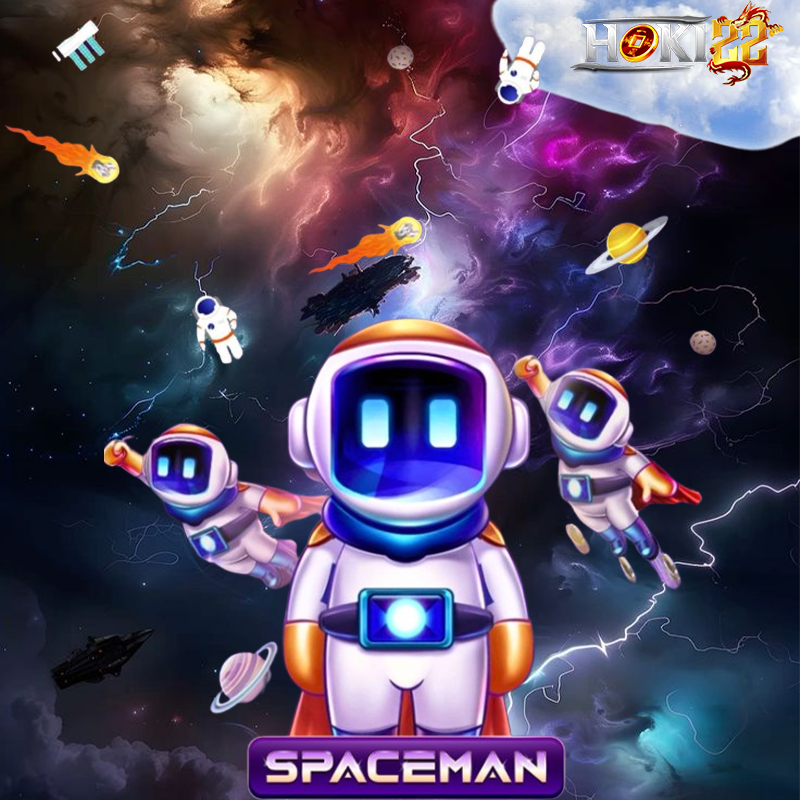Released in 2004, the PlayStation Portable (PSP) was Sony’s first foray into the world of handheld gaming, and it quickly became one of the most beloved devices of its generation. Though it faced stiff competition from the Nintendo DS, the PSP offered a wealth of incredible games that pushed the boundaries of portable gaming. With its stunning graphics, multimedia capabilities, and a wide variety of game genres, the PSP became a must-have console for gamers who wanted to experience console-quality gaming on the go. In this article, we’ll take a look at some of the best PSP games that defined the handheld device and made it an iconic part of PlayStation’s history.
One of the standout titles on the PSP is God of War: Chains of Olympus (2008). As a prequel to the PlayStation 2 God of War games, Chains of Olympus allowed players to step into the sandals of Kratos once again. This portable entry in the franchise successfully captured the brutal combat and mythological storytelling that made the series famous. The game featured incredible graphics for the PSP, with fast-paced action and epic boss battles that were on par with its console counterparts. The ability to experience the thrilling God of War gameplay on the go made Chains of Olympus a standout title for the PSP and a must-play for fans of the series.
Another critically acclaimed title is Patapon (2007), a rhythm-based strategy game that was unlike anything else on the PSP. In Patapon, players take on the role of a divine leader, commanding a tribe of small, cute creatures called Patapons as they march, attack, and defend. The twist is that the player must issue commands by rhythmically pressing buttons to the beat of a drum. The game’s addictive gameplay, vibrant art style, and unique soundtrack made it a standout hit for the PSP. It’s one of those games that’s hard to put down once you start, as the rhythmic mechanics combine perfectly with the strategic gameplay.
Final Fantasy Tactics: The War of the Lions (2007) is another standout title for the PSP. A remaster of the original Final Fantasy Tactics released for the PlayStation in 1997, The War of the Lions brought the iconic tactical RPG to the handheld console with updated visuals and additional content. The game’s deep strategic combat, rich story, and extensive demo slot spaceman character customization made it a standout in the tactical RPG genre. The story, which revolves around political intrigue, betrayal, and war, is still considered one of the best narratives in the Final Fantasy series. For fans of tactical strategy games, Final Fantasy Tactics is an essential title on the PSP.
For fans of action-adventure games, Kingdom Hearts: Birth by Sleep (2010) was a highlight of the PSP’s library. A prequel to the Kingdom Hearts series, Birth by Sleep offered an engaging story and solid action RPG gameplay that is familiar to fans of the franchise. The game’s beautiful visuals, creative combat system, and the inclusion of beloved Disney and Final Fantasy characters made it a fan favorite. The game’s various playable characters and multiple story routes offered a lot of replayability, ensuring that players could continue to enjoy the game long after finishing the main story.
If you’re a fan of racing games, Wipeout Pure (2005) is a must-play on the PSP. The Wipeout series is known for its futuristic anti-gravity racing, and Wipeout Pure continued that tradition with fast-paced, high-intensity races. The game boasted incredible graphics for the PSP, with detailed environments and smooth gameplay that made racing through the futuristic tracks an exhilarating experience. The game’s challenging difficulty, competitive multiplayer modes, and awesome soundtrack added to its appeal, making it one of the best racing games available on the handheld console.
Silent Hill: Shattered Memories (2009) is an underrated survival horror game that deserves more attention. Unlike previous entries in the Silent Hill series, Shattered Memories takes a psychological approach to horror, with the environment and story changing based on the player’s choices. The game’s eerie atmosphere, unsettling soundtrack, and psychological depth made it one of the most unique survival horror games on the PSP. It may not have received as much recognition as other titles in the series, but its innovative approach to horror and narrative makes it a standout.
Finally, Valkyria Chronicles II (2010) is a tactical RPG that blends strategy with real-time combat, and it is a hidden gem in the PSP’s library. Set in a fictional version of Europe during a war between two factions, the game follows a group of young soldiers as they try to survive the horrors of battle. The game’s art style, which mimics a watercolor painting, is one of its most striking features, as it gives the world a unique visual appeal. The tactical gameplay and character progression are both deep and rewarding, making it a great choice for fans of strategy games.
The PSP was home to a diverse range of titles, and while it may not have been as commercially successful as its competitors, it remains one of the most innovative handheld consoles in gaming history. From God of War to Patapon, the PSP offered a library of games that were as good as any found on home consoles. Even though the PSP’s era has passed, its legacy lives on in the hearts of gamers who remember the incredible experiences it provided.
